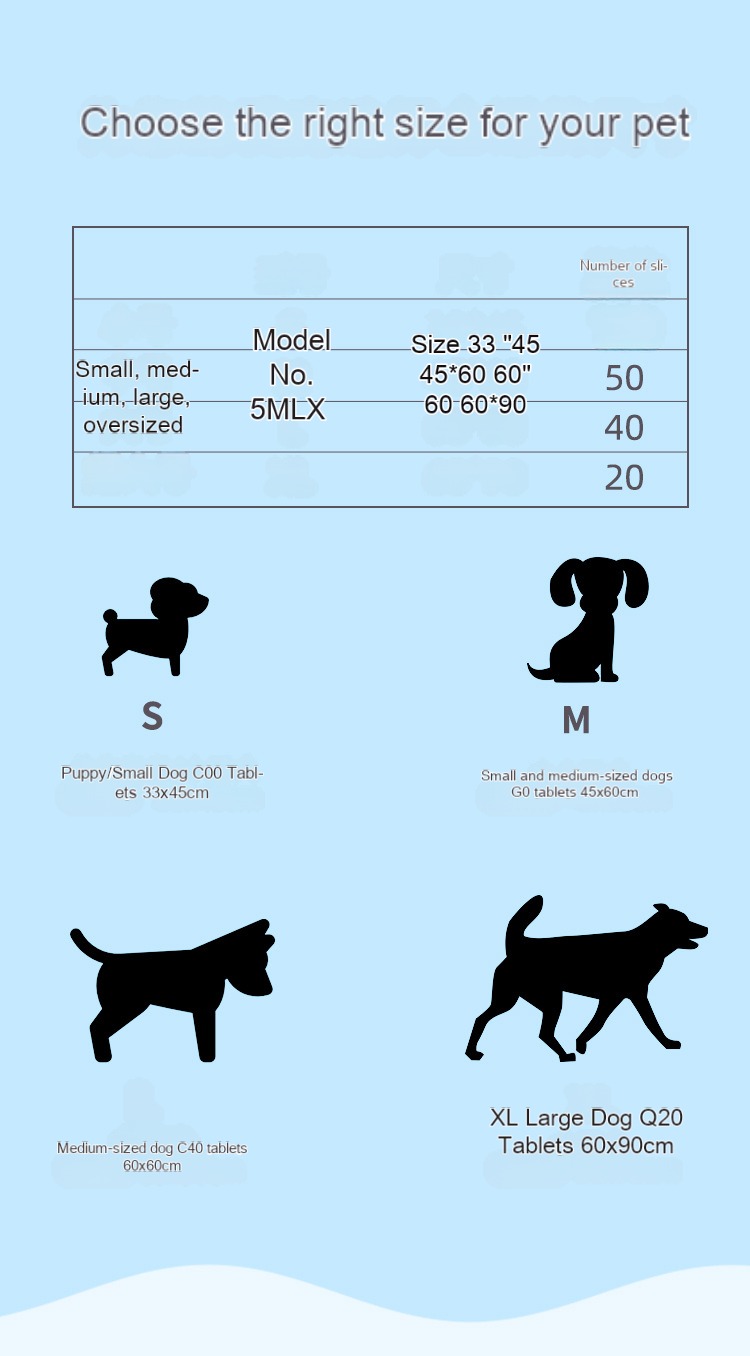### Understanding the Significance of Uptake in PET Scans: What Does Uptake Mean on a PET Scan?
**What does uptake mean on a PET scan?**In the realm of medical imaging, particularly in Positron Emission Tomography (PET) scans, the term "uptake" plays a……
**What does uptake mean on a PET scan?**
In the realm of medical imaging, particularly in Positron Emission Tomography (PET) scans, the term "uptake" plays a crucial role in interpreting the results. Uptake refers to the absorption and utilization of the radiotracer injected into the patient’s body. This radiotracer, often a form of glucose labeled with a radioactive isotope, is designed to highlight areas of increased metabolic activity, which are often indicative of disease processes, such as cancer.
When a PET scan is performed, the patient receives a small amount of the radiotracer, and after a waiting period, images are taken. The uptake of the tracer in different tissues can provide valuable information about the physiological and pathological states of those tissues. For instance, cancer cells typically have a higher metabolic rate than normal cells, which leads to increased uptake of the radiotracer in tumors.
### The Mechanism of Uptake in PET Scans

The process of uptake in a PET scan involves several key steps. Firstly, the radiotracer is injected into the bloodstream, where it travels throughout the body. Cells that are more active metabolically will absorb more of the tracer. This is particularly relevant in oncology, where malignant tumors often exhibit higher rates of glucose metabolism compared to surrounding healthy tissue.
Once the radiotracer is absorbed, it begins to emit positrons, which are detected by the PET scanner. The scanner creates images based on the distribution of the tracer within the body, allowing healthcare professionals to visualize areas of high uptake, which may indicate the presence of disease.
### Interpreting Uptake Values
In interpreting the results of a PET scan, healthcare providers often look at the Standardized Uptake Value (SUV), which quantifies the uptake of the radiotracer in a specific area. An elevated SUV can suggest the presence of malignancy, but it is not definitive on its own. Other factors, such as inflammation or infection, can also lead to increased uptake, making it essential for physicians to consider the patient's clinical history and other diagnostic tests.

### Clinical Applications of Uptake in PET Scans
The concept of uptake is not limited to oncology. PET scans are also used in cardiology and neurology, where uptake can indicate areas of decreased blood flow in heart disease or regions of abnormal brain activity in conditions like Alzheimer's disease. In these contexts, understanding what uptake means on a PET scan can aid in diagnosing and managing various health conditions.
### Conclusion
In summary, understanding what uptake means on a PET scan is vital for interpreting the results of this imaging technique. The uptake of radiotracers provides insights into metabolic activity within the body, helping to identify potential health issues. Whether in the context of cancer detection, cardiac assessment, or neurological evaluation, the role of uptake is central to the utility of PET scans in modern medicine. As technology advances and our understanding of metabolic processes deepens, the significance of uptake in PET imaging will continue to evolve, offering even greater diagnostic capabilities.

By grasping the implications of uptake, both healthcare providers and patients can better navigate the complexities of medical imaging and its role in diagnosis and treatment planning.